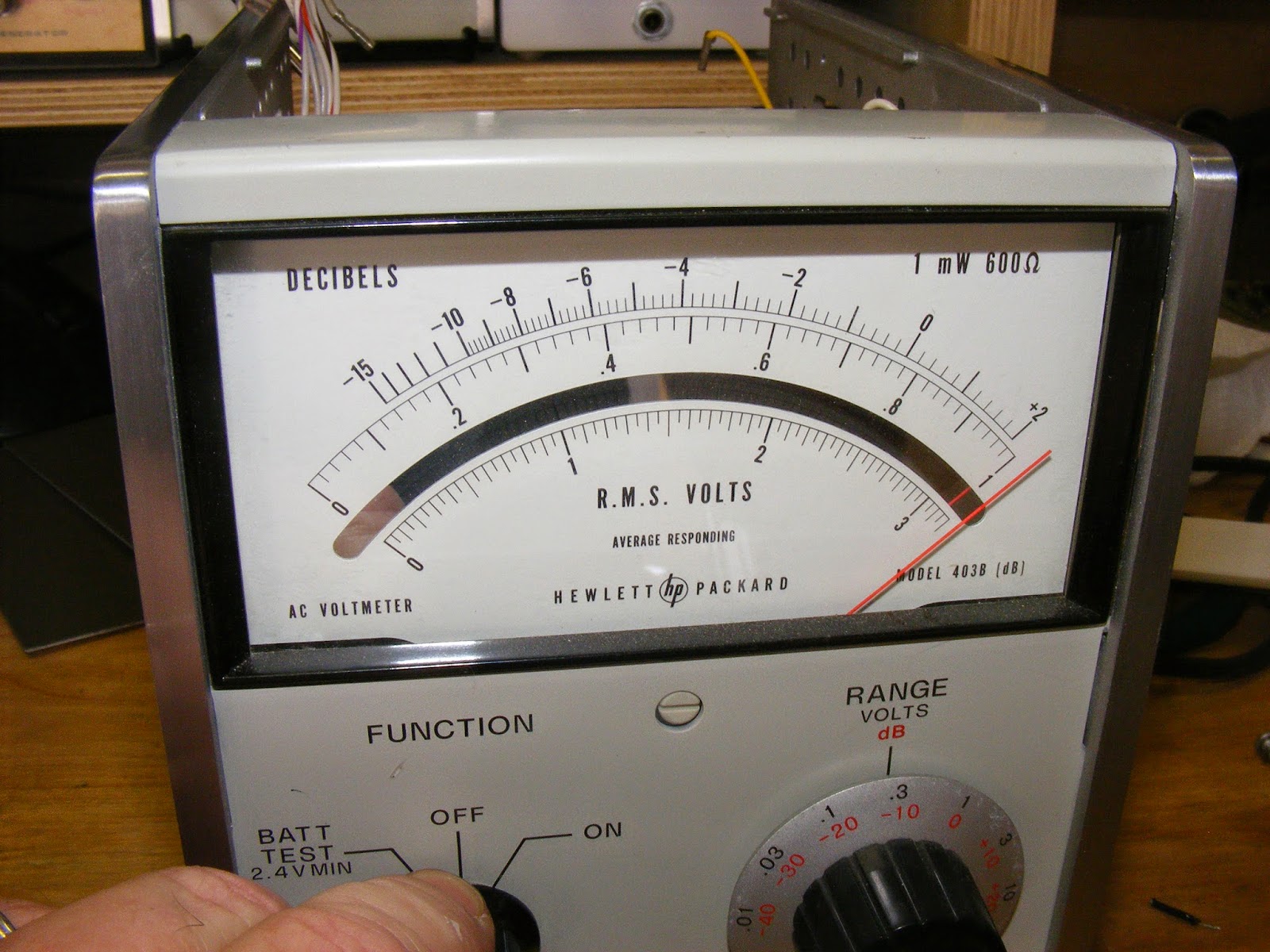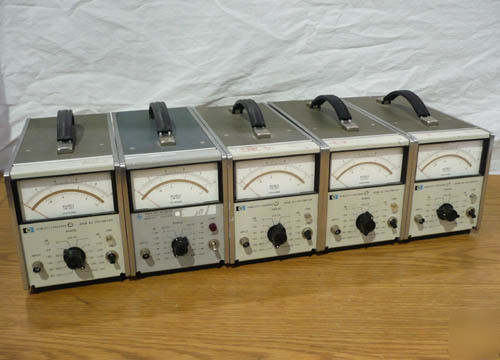 |
| If your eyes are leaking blood, click on the image to enlarge. |
 |
| Same here.. |
There was one final anomaly to address before this unit was back at 100% and it had to do with the grounding. When I was done, I buttoned everything back up and started testing but, to my alarm, when the unit was plugged in, the measurements dropped to near zero!
I heaved a great sigh, opened up the manual, and started scratching my head. Where to begin?
Then I got some advice from one of the hams who was so helpful before. Simply put, there are two grounds on these beasts. One is the chassis ground and the other is the A2 board ground and they usually should not meet. If you look carefully on the schematic (see pictures above), you will see these grounds represented by little triangles with either a "1" or a "2" in them. Obviously the "1" is the chassis ground -- emanating from the power line center conductor and the third plug on the front. (See the picture above where the rightmost ground post has a little triangle with a "1" in it.)
Anyway, hooking up an ohm meter to the A2 ground and the ground post on the front panel confirmed they were a continuous circuit. At the risk of a protracted Agatha Christie session, I gotta tell you that the bottom panel has a strip of foam insulation glued over a bump. My anal-retentive tendencies caused me to scrape that off thinking it was some shock padding or something.
Only after flexing the cabinet and the bottom panel and seeing the ground loop make and break, did I realize that the bump was making contact with the interior ground. So, a quick hit with electrical tape and all was right with the world.
A word to the wise, eh?
Final thoughts: Clearly, these are interesting and useful instruments and -- for the money -- a skillful search will yield a clean and worthwhile piece of test equipment. However, I think I lucked out when I got mine. It was clean, in good shape, and only needed one cap replaced and the battery pack rebuilt. The rest was intact and ready to go.
And now here's a dirty little secret: I got a junker off of eBay for spare parts. The price wasn't much; only about $20 or so plus nominal shipping. So, I guess there's about $80 or so into this unit after you figure all of the parts, batteries, and so on. But as W6GVR said, "Never try to justify a hobby."
Still, if you know what you are looking for -- like so many things in this hobby -- you can pick up a bargain learning from others' efforts and mistakes.
I'd counsel for picking up the cleanest unit you can and, if you can, peer inside and see what you are getting. The junker I got was an absolute disaster; all of the little pins and cables had been replaced by some asshole who must have used an arc welder and acid core solder to complete the wiring. So, if you run across one at a swap, bring along a medium sized Phillips head screwdriver and pop the top and bottom panels (only one screw each), slide them out and take a look. Similarly, the two side panels only require the removal of four screws to peek inside.
If the guy won't let you, run like the wind; he's hiding something.
Also, assume the battery pack is dead. These are thirty years old and NOTHING lives that long except us and turtles and parrots and a couple of bristlecone pines in the upper elevations of the California Sierras.
Also note that there are two types of plugs: the more conventional type you see with computers and a wired oval one that are found on the units from the 60s and 70s.
If you're getting one of these off eBay and it has one of those plugs (see picture on right, above) and the seller says it does not include the power cord, again, flee the scene.
I'll put down a few more caveats here as I think of them, but for now, clean and serviceable is usually a good guideline.





















